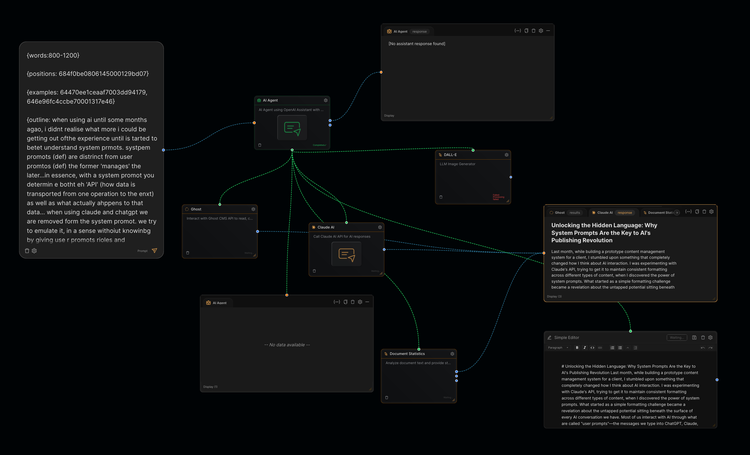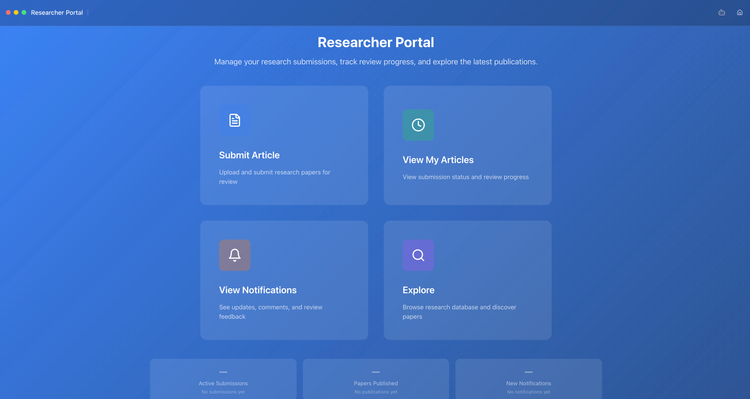Rethinking Migration in the Age of AI

In the past, I considered a novel—albeit brute-force-ish—approach to data migration: using a browser automation agent to simulate a user manually copying content from one system to another. These agents, powered by large language models, can control a browser, navigate interfaces, click buttons, fill out forms, and copy data—effectively acting as tireless human proxies.
This pseudo-manual strategy is intriguing because it sidesteps restrictive platforms that try to lock in content by omitting APIs or export options. As long as a human can access data through the interface, so can a browser automation agent. It guarantees that migration remains possible—even when a platform tries to prevent it.
But recently, as I’ve been developing AI agents for system orchestration, my thinking has shifted.
Rather than simulating human behavior at the interface level, a more powerful and elegant approach is emerging: orchestrating two systems directly—the source and the target—using AI agents that understand their internal data models. These agents can operate APIs, translate schemas, and intelligently map data from one environment to another.
This transforms migration from a labor simulation into a kind of machine-to-machine negotiation. The AI doesn’t need to mimic buttons and scrollbars—it understands structure, semantics, and intent. It can reason through differences in format, normalize inconsistencies, and automate the entire pipeline from extraction to ingestion.
What’s powerful here is the shift in agency: instead of teaching AI to "do what a user would do," we let it do what the systems should do—if they could speak to each other.
The evolution from browser automation to orchestration agents reflects a broader trend in AI tooling. We’re moving beyond workflows that mimic humans toward agents that reason, coordinate, and execute at a higher level of abstraction. In this new paradigm, migration isn’t just possible—it’s intelligent, adaptive, and infrastructure-aware.
We’re now beginning to experiment with this directly. As we develop orchestration technologies, we’ll be testing this approach—building agents that can interface with both source and target systems, translate between them, and manage end-to-end migrations. It’s early days, but the potential is enormous.






Member discussion